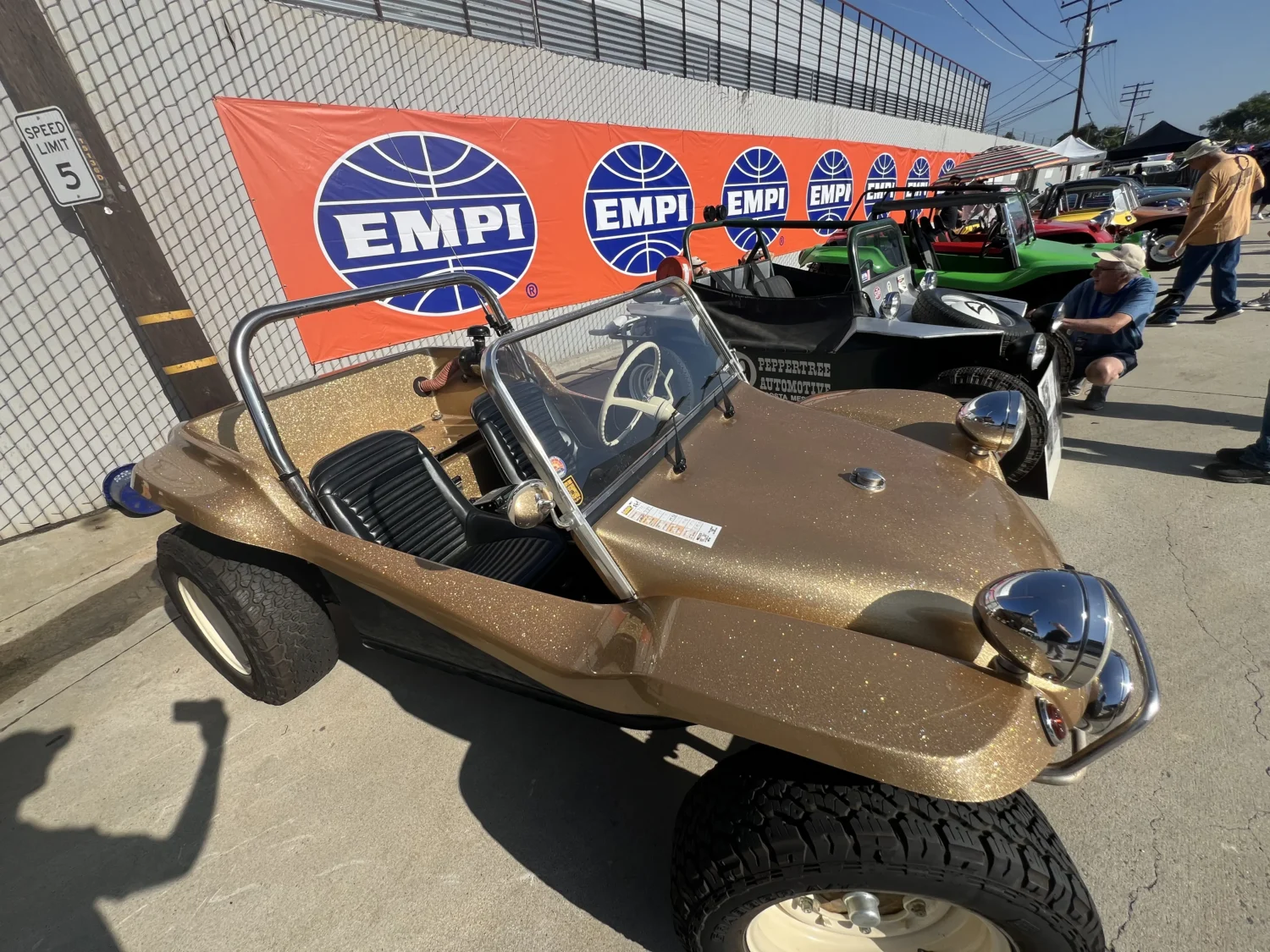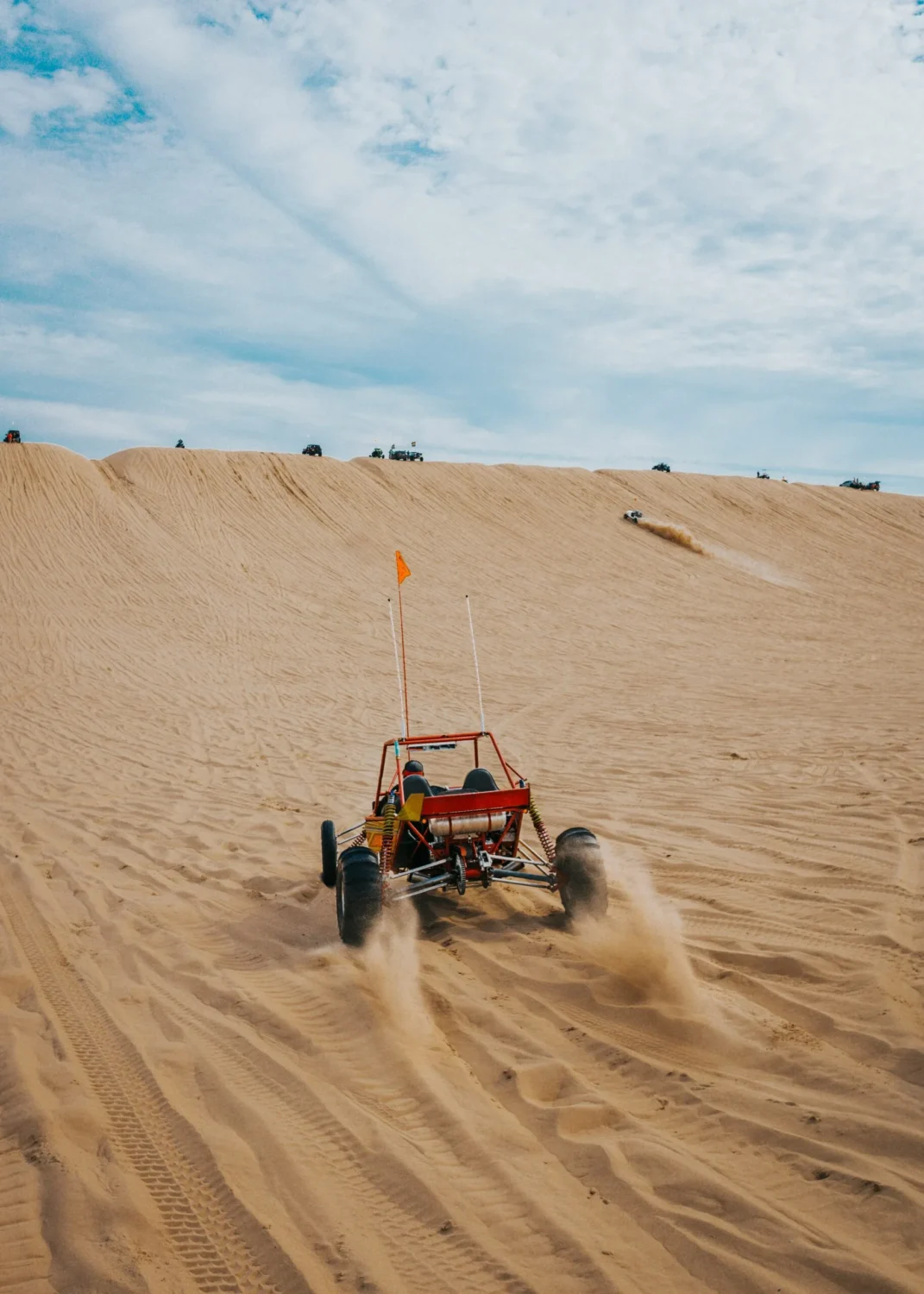For some, there is nothing as fun as getting together with friends to build a dune buggy, a beloved icon of off-road adventure.Symbolizing a spirit of freedom and adventure, the dune buggy embodies the DIY ethos of its creators and the endless possibilities of exploration on four wheels.
The dune buggy was born in post-World War II Southern California, where the vast expanses of sand dunes along the coast became playgrounds for thrill seekers. Bruce Meyers, a surfer and engineer, created the first dune buggy, which he named the Meyers Manx. Inspired by the lightweight and agile Volkswagen Beetle chassis, Meyers combined it with a fiberglass body to create a vehicle capable of conquering the challenging terrain of the dunes while reflecting the carefree spirit of the era.

Born on March 12, 1926, in Los Angeles, California,Meyers grew up in Southern California Surrounded by the burgeoning car culture and beach lifestyle that would later influence his groundbreaking creation. After serving in the U.S. Navy during World War II, where he experienced a harrowing ordeal as one of the few survivors of the sinking of the aircraft carrier USS Bunker Hill, Meyers returned to the West Coast imbued with a sense of adventure and a knack for ingenuity.
In the 1960s, Meyers began experimenting with lightweight materials and fiberglass construction, inspired by his time working in boat building and his love for off-road racing. This combination of skills and interests culminated in the creation of the Meyers Manx. Built on a shortened Volkswagen Beetle chassis and featuring a distinctive fiberglass body, the Manx was designed to be lightweight, durable, and capable of tackling any terrain. Meyers used a Chevy pickup suspension for his first buggy, nicknamed “Old Red,” and he completed the project in 1964.
The Meyers Manx not only revolutionized off-road vehicles but also left a lasting mark on popular culture. The buggy’s popularity soared after Meyers and his team won the inaugural Mexican 1000 (now known as the Baja 1000) in 1967, proving the vehicle’s capabilities and sparking a global dune buggy craze.
The Manx’s design was simple – focusing on lightweight construction for agility and maneuverability in sandy terrain. Its success sparked a wave of imitators and inspired the development of countless variations and modifications. While there are hundreds of emulators, when you see the Myers-Manx logo –a manx cat with a short tail– you know it’s a real deal dune buggy. Only 6,000 of the original design were made, but it is estimated that as many as a quarter of a million copycat models were fabricated by other companies. Even NASA took a page out of the Meyers Manx book for the design of their lunar rover.
Because Meyers owned the patent for his design, he went to court to try and stop other companies from copying it. A judge, however, ruled that the design was unpatentable and the proliferation of similar style buggies continued. Meyers Manx went out of business in 1971 but has thankfully come back to life and continues to build new dune buggies to this day. They even have an all-electric EV version, called the Manx 2.0.

Bruce Meyers remained actively involved in the dune buggy scene well into his later years, relaunching Meyers Manx and introducing new models that stayed true to the original’s adventurous spirit. He passed away on February 19, 2021, but his legacy lives on in the countless dune buggies still traversing beaches and deserts worldwide, a testament to his enduring influence on the world of off-road vehicles.





